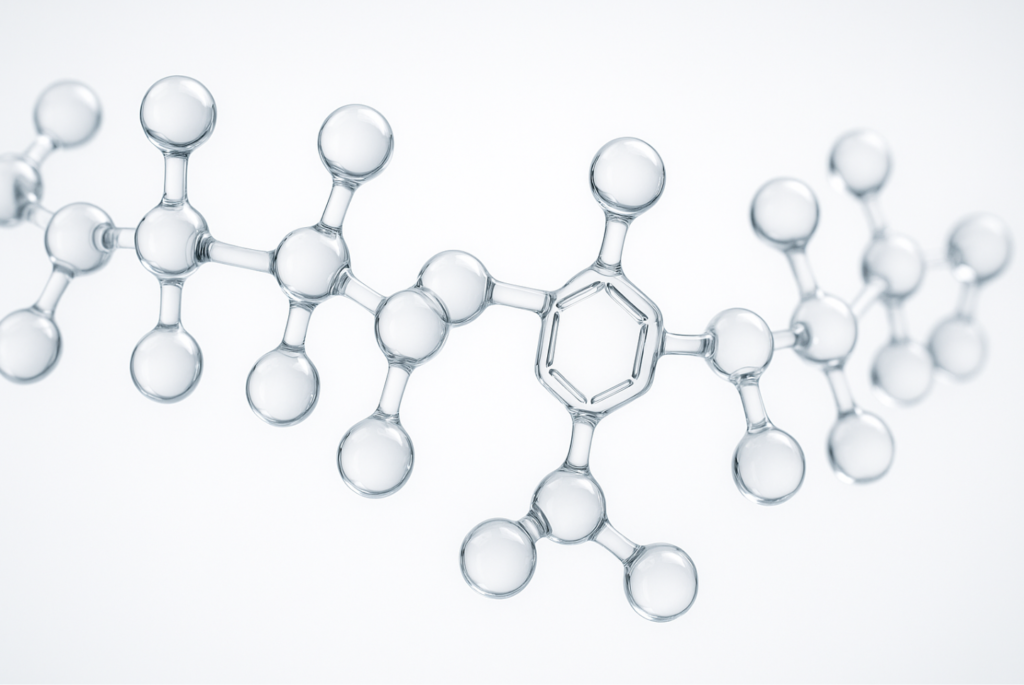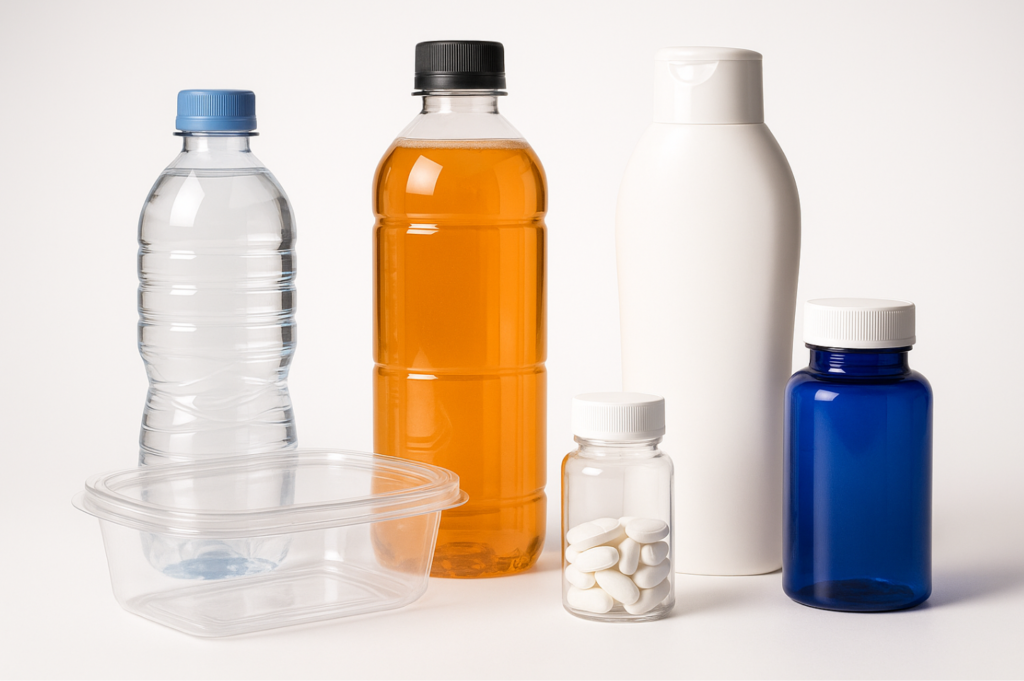As a bottle manufacturer with over 15 years of experience, I've noticed increasing concerns about plastic safety and environmental impact. Many clients approach me with questions about PET plastic, uncertain whether it's the right choice for their products.
PET (Polyethylene Terephthalate) is a food-grade plastic known for its strength, transparency, and recyclability. It's one of the most commonly used plastics for food and beverage packaging, approved by the FDA and other global safety organizations for direct food contact.

Let me share my journey with PET plastic manufacturing and help you understand why it has become the preferred choice for packaging solutions worldwide. From beverage bottles to food containers, PET's versatility has revolutionized the packaging industry.
Is PET a Safe Plastic?
Safety concerns about plastic packaging often keep my clients awake at night. Just last month, a beverage company owner called me, worried about recent social media posts claiming all plastics are harmful.
PET plastic1 is considered one of the safest plastic materials available. It doesn't contain BPA2, phthalates3, or other harmful chemicals. Studies by the FDA and international health organizations have consistently confirmed PET's safety for food and beverage packaging.

Let's dive deeper into PET's safety profile:
Safety Certifications and Standards
- FDA Approval: Full compliance for food contact
- EU Standards: Meets all European safety regulations
- ISO Certifications: Quality management systems
Chemical Stability
| Temperature Range | Chemical Reaction | Safety Level |
|---|---|---|
| Cold (-40°C) | Stable | Very Safe |
| Room Temp | Stable | Very Safe |
| Hot (60°C) | Stable | Safe |
Migration Testing Results
Our factory regularly conducts migration tests to ensure zero harmful substance leaching:
- Heavy metals: Not detected
- BPA: Not present
- Antimony: Well below safety limits
What Are the Disadvantages of PET Plastic?
In my conversations with environmental consultants and sustainability-focused clients, certain limitations of PET often come up. Understanding these challenges helps make informed decisions about packaging solutions.
While PET is highly versatile, it does have some limitations. These include temperature sensitivity above 70°C4, potential degradation under direct sunlight5, and the environmental impact of single-use applications. However, these disadvantages can be managed through proper design and usage.

Understanding PET Limitations
Temperature Constraints
- Maximum safe temperature: 70°C
- Heat exposure effects:
- Shape distortion
- Potential chemical changes
- Reduced structural integrity
Environmental Considerations
| Aspect | Impact | Solution |
|---|---|---|
| Single-use waste | High volume in landfills | Recycling programs |
| Production energy | Moderate carbon footprint | Energy-efficient manufacturing |
| Recycling process | Resource-intensive | Advanced recycling technologies |
Cost Factors
Our factory data shows:
- Raw material price fluctuations
- Higher production costs compared to some alternatives
- Transportation and storage considerations
In my experience working with global brands, these limitations can be effectively addressed through:
- Proper design considerations
- Strategic material selection
- Implementation of recycling programs
- Consumer education initiatives
After spending two decades in plastic manufacturing, I've learned that understanding both advantages and disadvantages is crucial for making informed packaging decisions. PET remains one of the most versatile and reliable packaging materials despite its limitations.
Remember, sustainability isn't just about the material choice – it's about the entire lifecycle management. Want to learn more about sustainable PET packaging solutions? Feel free to reach out to me at polybottletech@gmail.com or visit www.polybottletech.com for more information.
-
Explore this link to understand why PET plastic is deemed safe and how it can alleviate your concerns about packaging materials. ↩
-
Learn about the dangers of BPA in plastics and why choosing BPA-free options like PET is crucial for safety. ↩
-
Discover the risks of phthalates in plastics and how to make informed choices for safer packaging solutions. ↩
-
Understanding the effects of temperature sensitivity on PET can help in designing better packaging solutions. ↩
-
Learning about the degradation of PET under sunlight can inform better material choices for outdoor applications. ↩

